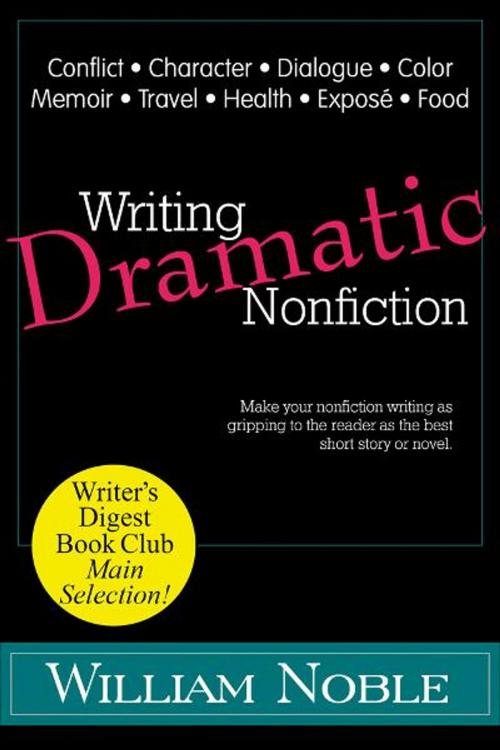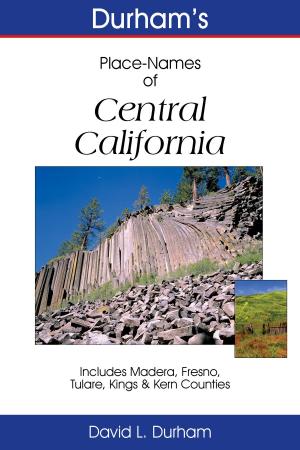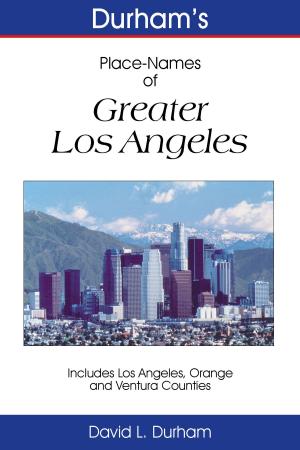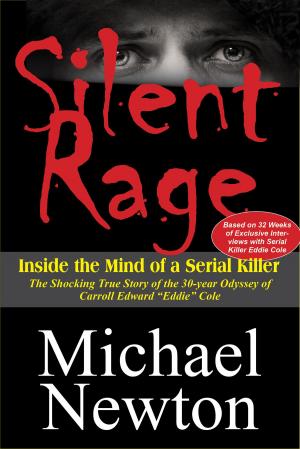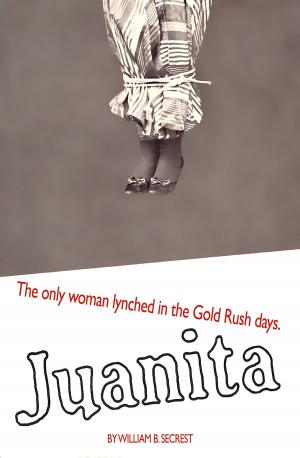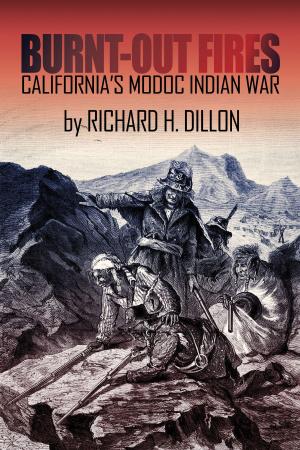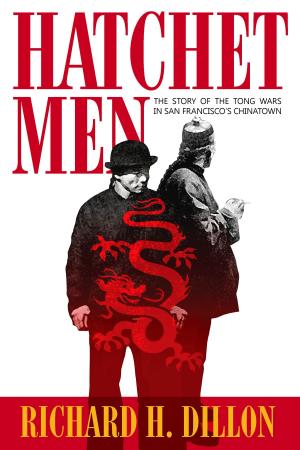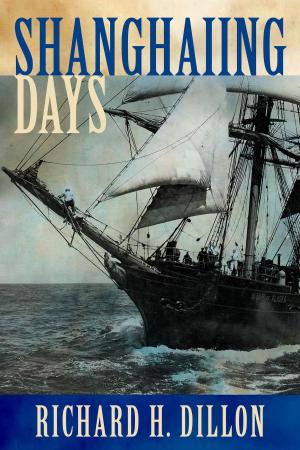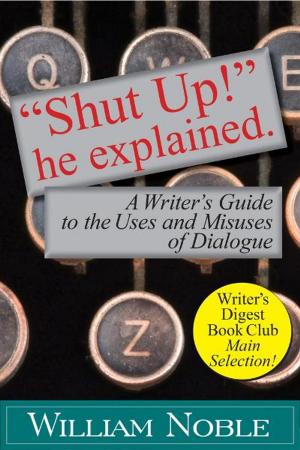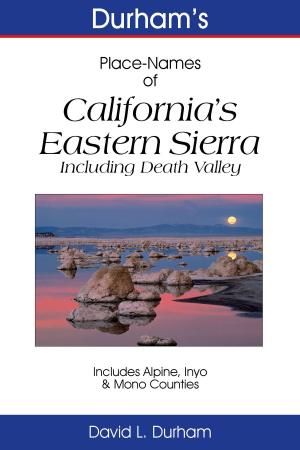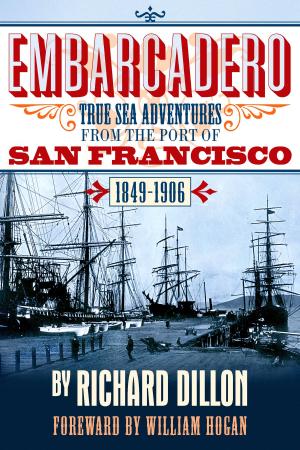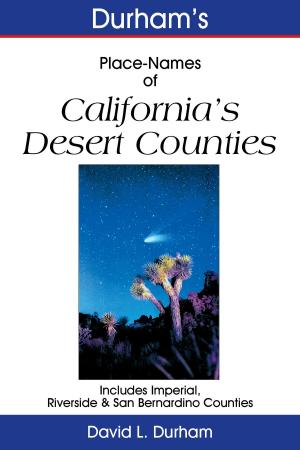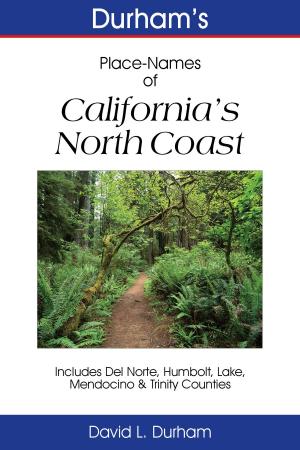Writing Dramatic Nonfiction
Nonfiction, Reference & Language, Language Arts, Writing & Publishing, Authorship, Composition & Creative Writing, Reference| Author: | William Noble | ISBN: | 9781618090201 |
| Publisher: | The Write Thought | Publication: | December 15, 2009 |
| Imprint: | The Write Thought | Language: | English |
| Author: | William Noble |
| ISBN: | 9781618090201 |
| Publisher: | The Write Thought |
| Publication: | December 15, 2009 |
| Imprint: | The Write Thought |
| Language: | English |
"Why does nonfiction have to be boring," he sniveled. "It doesn't," she replied cheeringly. "Haven't you ever read anything by Gay Talese, Tom Wolfe, John McPhee, Joan Didion, Norman Mailer, Mark Bowden, Laura Hillenbrand, or Sebastian Junger-just to name a few?" "No," he said popping open another long-neck Bud. "That explains a lot," she said. Dramatic nonfiction-the relating of factual information in a manner that makes it as gripping as fiction-is the thrust of Writing Dramatic Nonfiction by longtime editor-author William Noble. Using the techniques and guidelines offered in this book, you will learn to create nonfiction works that rise to the level of great literature without sacrificing credibility. Dramatic techniques such as flashbacks, foreshadowing, building tension and suspense, character development, and scene intercuts are described in plain words along with instruction on how you can use such devices in your own writing. Dramatic or creative nonfiction, sometimes called narrative nonfiction, is now an important part of the literary landscape. In this useful, nay, essential guide, Noble teaches you how to craft riveting true accounts. William Noble's books are a popular staple in the writer's personal library. I revisited his book "Writing Dramatic Nonfiction" to get some fresh ideas for adding dramatic techniques to a nonfiction project I am presently involved in. I found valuable pointers on basic development skills including: conflict and character development, anecdotes, using dialog, and point of view. His illustrations and examples are helpful. The book is filled with basic information for the beginning writer and a well organized reminder for those seasoned writers looking for motivation and inspiration. Although the book was first written in the year 2000 the principles are as applicable today as when they were first written. -Richard R. Blake, author and Co-Founder of Christian Education Resources
"Why does nonfiction have to be boring," he sniveled. "It doesn't," she replied cheeringly. "Haven't you ever read anything by Gay Talese, Tom Wolfe, John McPhee, Joan Didion, Norman Mailer, Mark Bowden, Laura Hillenbrand, or Sebastian Junger-just to name a few?" "No," he said popping open another long-neck Bud. "That explains a lot," she said. Dramatic nonfiction-the relating of factual information in a manner that makes it as gripping as fiction-is the thrust of Writing Dramatic Nonfiction by longtime editor-author William Noble. Using the techniques and guidelines offered in this book, you will learn to create nonfiction works that rise to the level of great literature without sacrificing credibility. Dramatic techniques such as flashbacks, foreshadowing, building tension and suspense, character development, and scene intercuts are described in plain words along with instruction on how you can use such devices in your own writing. Dramatic or creative nonfiction, sometimes called narrative nonfiction, is now an important part of the literary landscape. In this useful, nay, essential guide, Noble teaches you how to craft riveting true accounts. William Noble's books are a popular staple in the writer's personal library. I revisited his book "Writing Dramatic Nonfiction" to get some fresh ideas for adding dramatic techniques to a nonfiction project I am presently involved in. I found valuable pointers on basic development skills including: conflict and character development, anecdotes, using dialog, and point of view. His illustrations and examples are helpful. The book is filled with basic information for the beginning writer and a well organized reminder for those seasoned writers looking for motivation and inspiration. Although the book was first written in the year 2000 the principles are as applicable today as when they were first written. -Richard R. Blake, author and Co-Founder of Christian Education Resources
